Boston Fern Humidity - Learn About Boston Fern Misting Needs
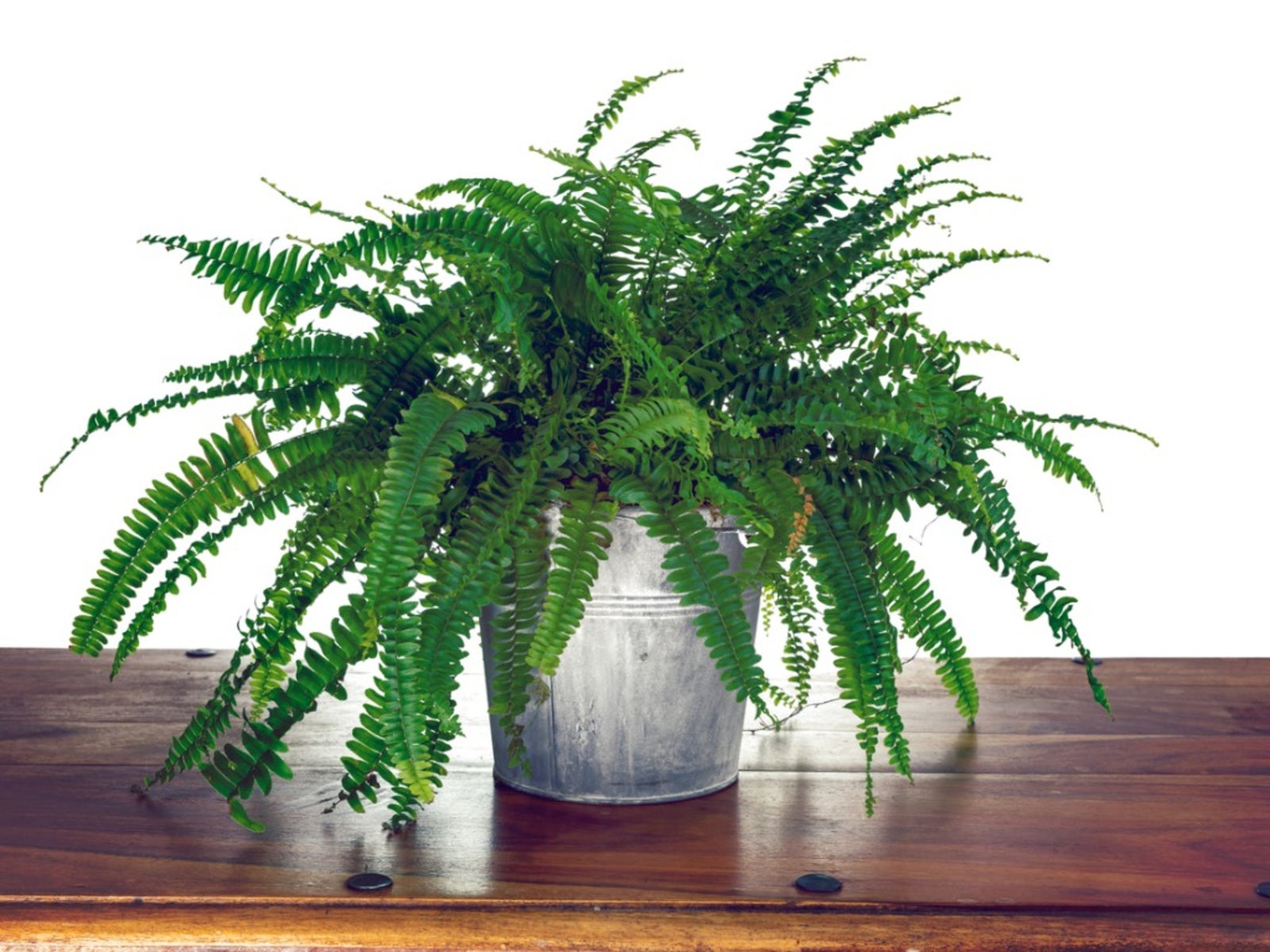
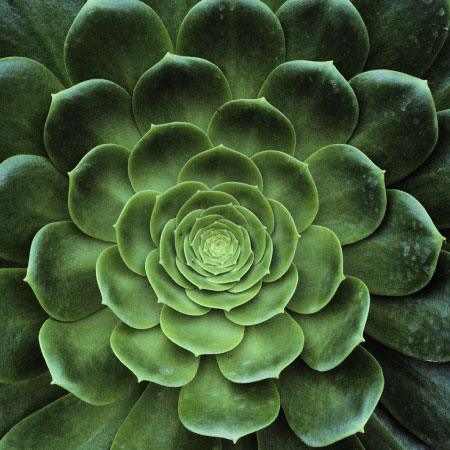
Amy Draiss
It's hard not to fall in love with a Boston fern. Although it may conjure up images of dramatic, old-fashioned Victorian parlors, Boston fern works just as well in a modern environment. The Boston fern thrives in low light and requires only moderate care to keep it lush and healthy. However, the plant is native to tropical climates and without a high level of humidity, the plant is likely to display dry, brown leaf tips, yellow leaves, and leaf drop. Read on to learn more about improving Boston fern indoor air.
Increasing Humidity of Boston Ferns
There are several ways of increasing the humidity of Boston ferns and creating the ideal Boston fern indoor air. The easiest way to increase Boston fern humidity is to place the plant in a humid environment. In most homes, this means a kitchen or a bathroom with a window or a fluorescent light. However, Boston ferns tend to be large plants, so this isn't always a practical solution for improving Boston fern humidity. Misting Boston ferns is another simple way to raise the humidity around the plants. However, many plant experts think that misting Boston ferns is a waste of time and that taking care of Boston fern misting needs is a daily chore that, at best, keeps the fronds dust-free. At worst, frequent misting that keeps the fronds wet is a good way to invite diseases that can kill the plant. A humidity tray is nearly as easy and much less time-consuming, and it provides humidity without drowning the plant. To make a humidity tray, place a layer of pebbles on a plate or tray, then place the pot on top of the pebbles. Add water as needed to keep the pebbles consistently wet. Most importantly, be sure the bottom of the pot is sitting on the damp pebbles but never directly in the water. Water wicking up the drainage hole creates soggy soil that may cause root rot. Of course, an electric humidifier is the ultimate solution for increasing the humidity of Boston ferns. A humidifier is a great investment if the air in your home tends to be dry, improving the environment for both plants and people.
Gardening tips, videos, info and more delivered right to your inbox!
Sign up for the Gardening Know How newsletter today and receive a free copy of our e-book "How to Grow Delicious Tomatoes".

A Credentialed Garden Writer, Mary H. Dyer was with Gardening Know How in the very beginning, publishing articles as early as 2007.
- Amy DraissDigital Community Manager
-
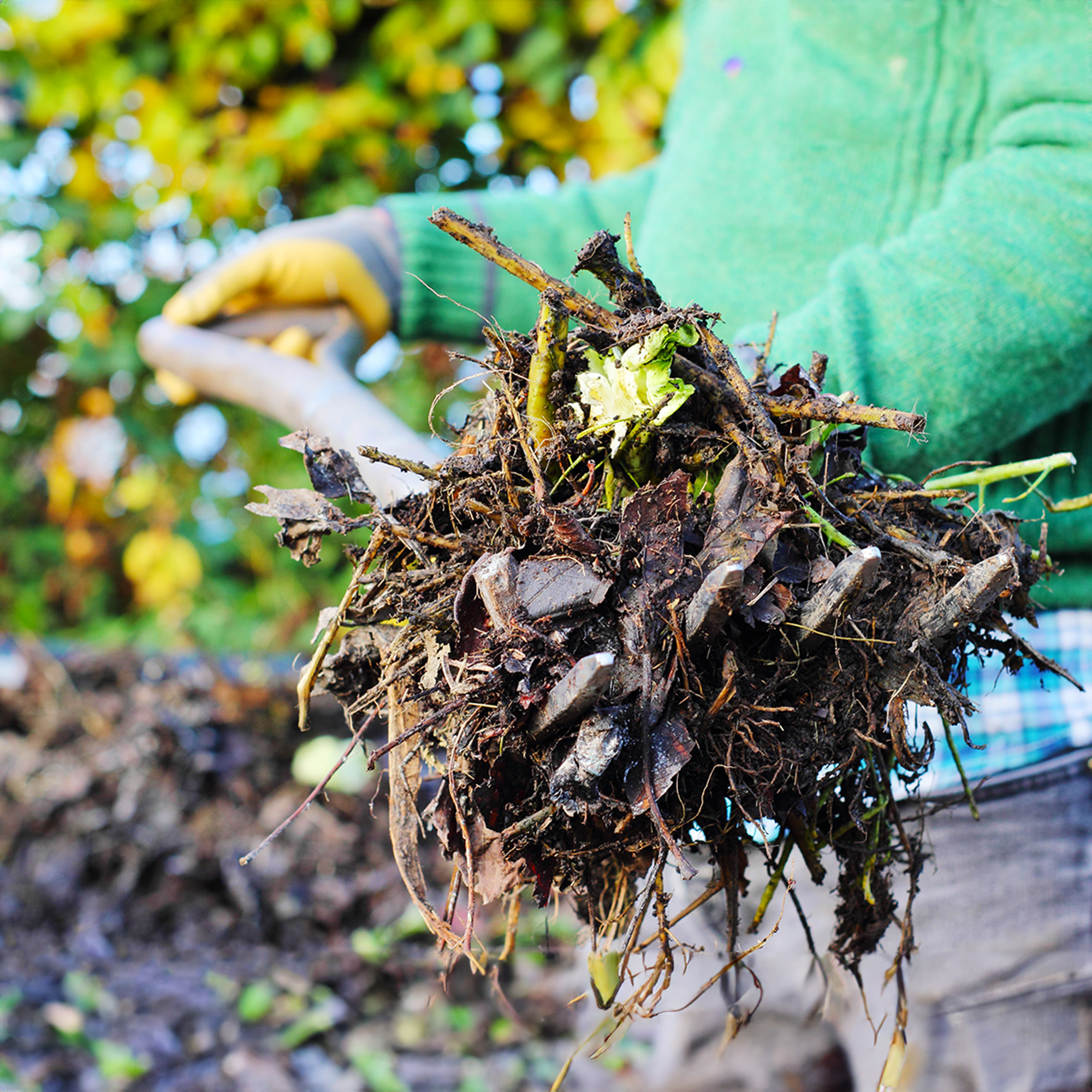 10 Common Composting Problems That Can Spoil Your Garden Gold – Plus Easy Fixes
10 Common Composting Problems That Can Spoil Your Garden Gold – Plus Easy FixesLearn how to troubleshoot common composting issues before they ruin your stash – from bad smells and bugs to materials not breaking down as they should.
By Susan Albert
-
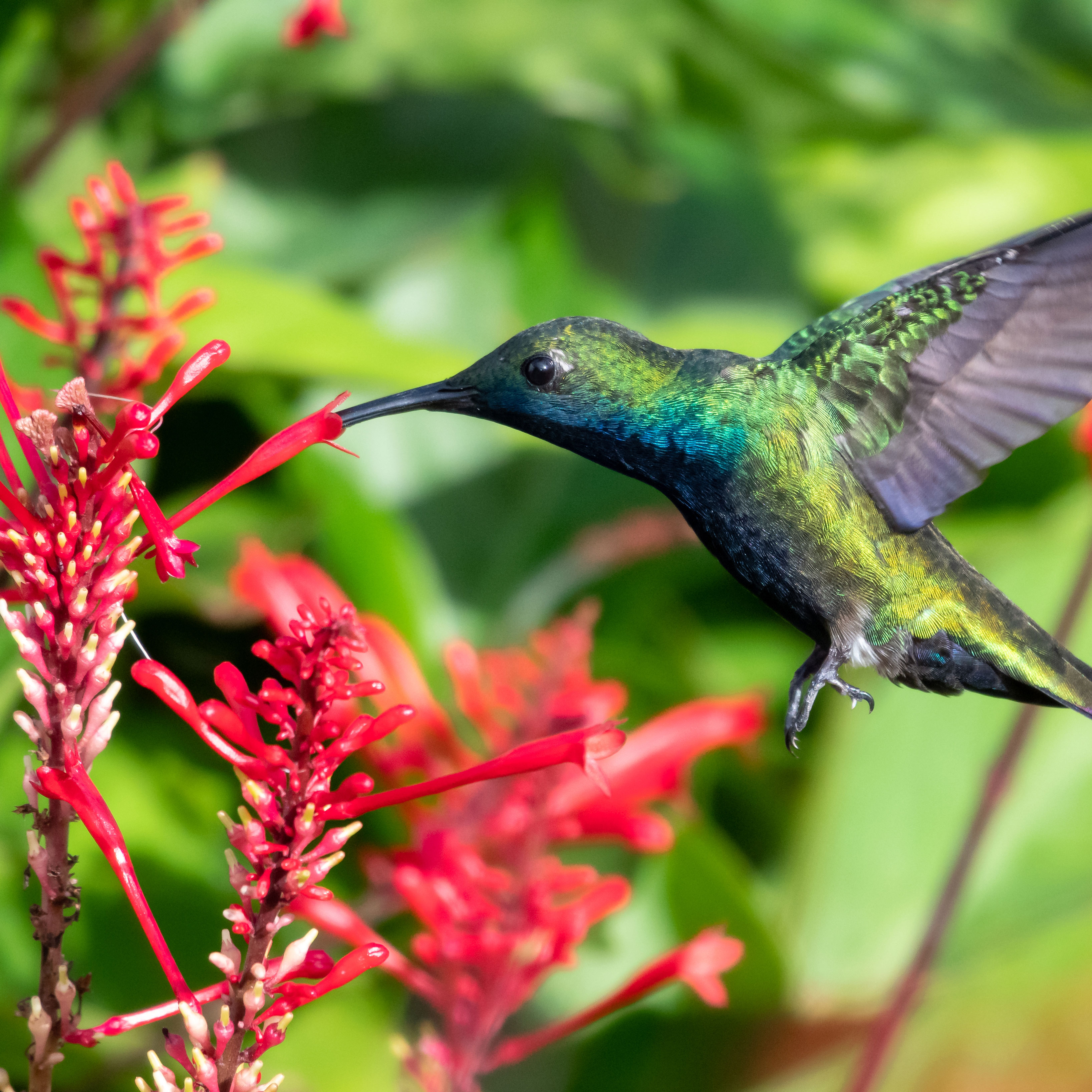 Terrifically Tubular Flowers For Hummingbirds: 9 Tube-Flowered Plants To Attract Hummers
Terrifically Tubular Flowers For Hummingbirds: 9 Tube-Flowered Plants To Attract HummersGrowing tubular flowers for hummingbirds helps you create the optimum feeding conditions for your winged friends. Here are nine tubed delights for hummers
By Tonya Barnett
-
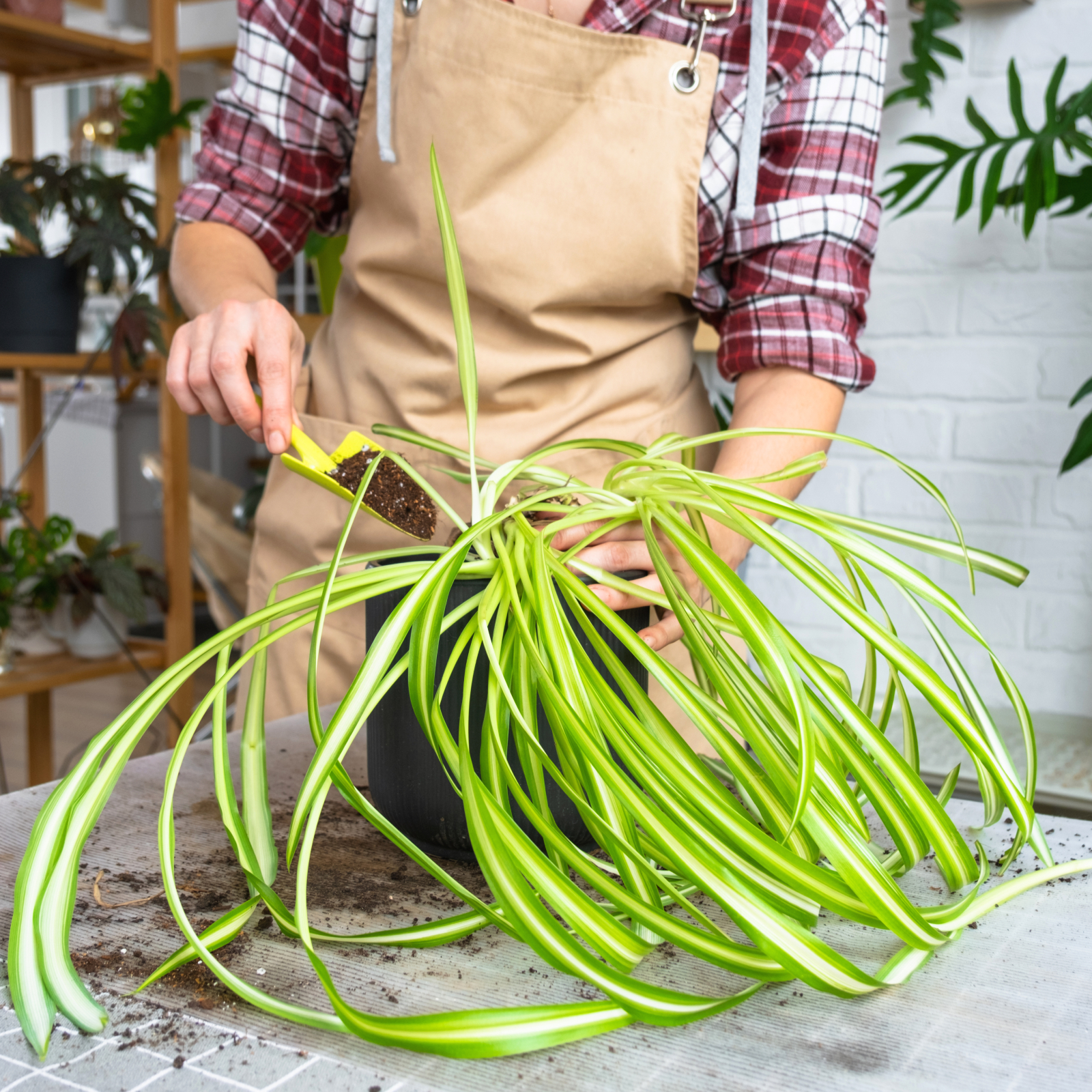 Best Spider Plant Soil – Complete Soil Guide And Expert Tips For Keeping Plants Happy
Best Spider Plant Soil – Complete Soil Guide And Expert Tips For Keeping Plants HappySpider plants are fun and easy plants to grow, but what is the best soil for a spider plant? Selecting the right soil is important so they can thrive.
By Bonnie L. Grant
-
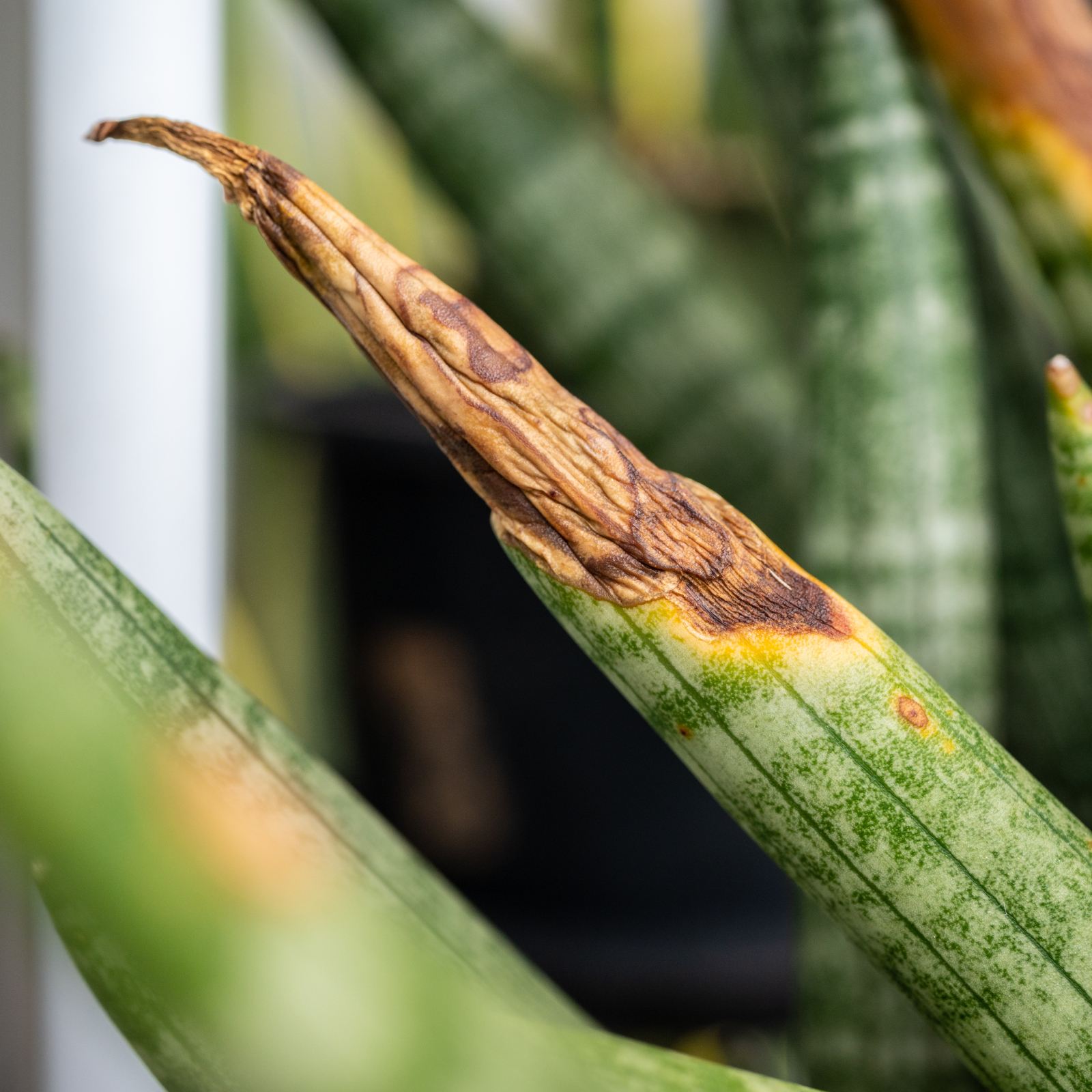 Help, My Snake Plant Is Mushy! Advice For Root Rot In Snake Plants
Help, My Snake Plant Is Mushy! Advice For Root Rot In Snake PlantsSnake plants are hardy houseplants, but they can be susceptible to root rot. Learn how to prevent and treat this common snake plant problem.
By Amy Grant
-
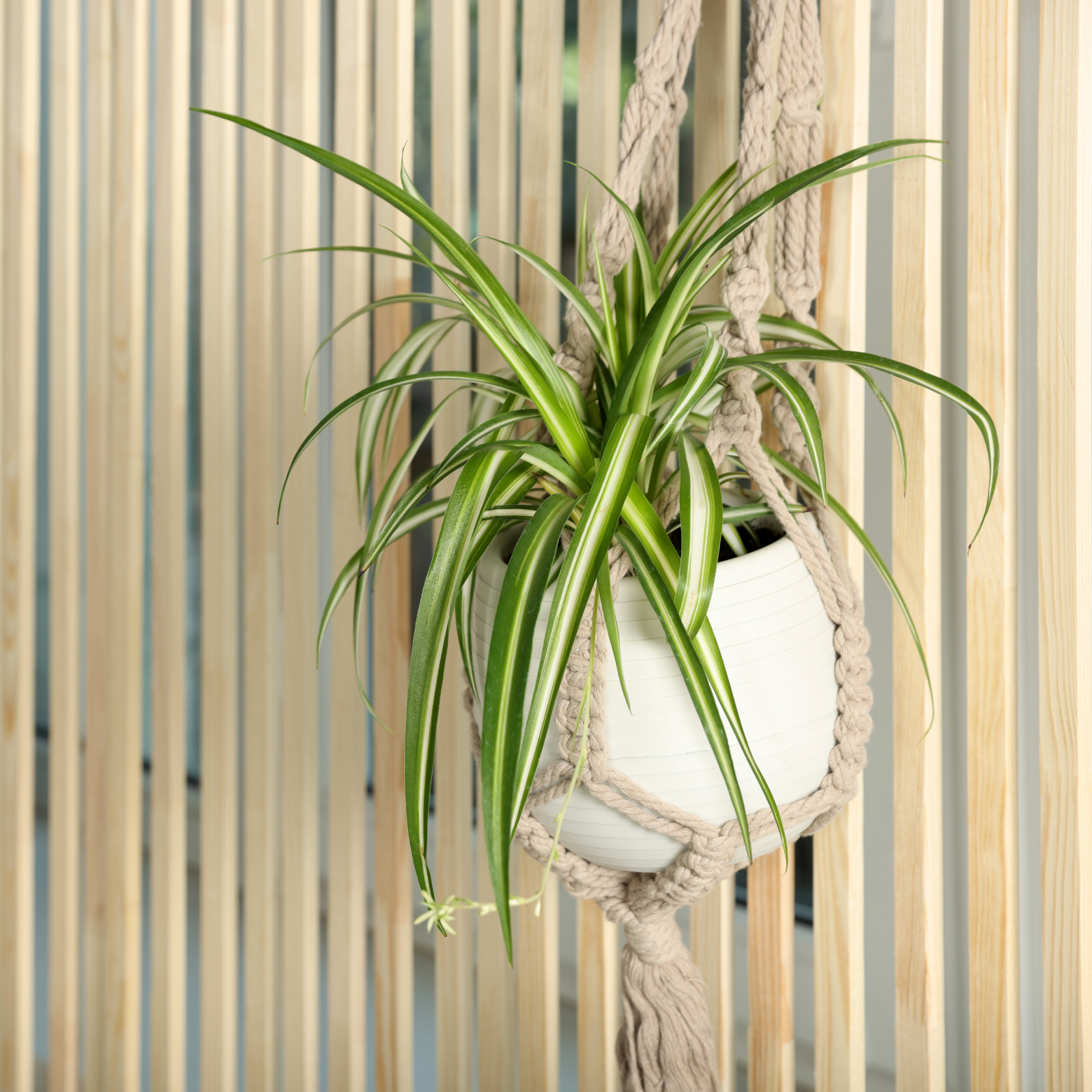 How To Grow A Hanging Spider Plant – For An Elegant Indoor Or Outdoor Display
How To Grow A Hanging Spider Plant – For An Elegant Indoor Or Outdoor DisplayOf all the beautiful baskets we see, the hanging spider plant is probably the easiest to grow. Let your hanging basket spill over with little spider plantlets!
By Teo Spengler
-
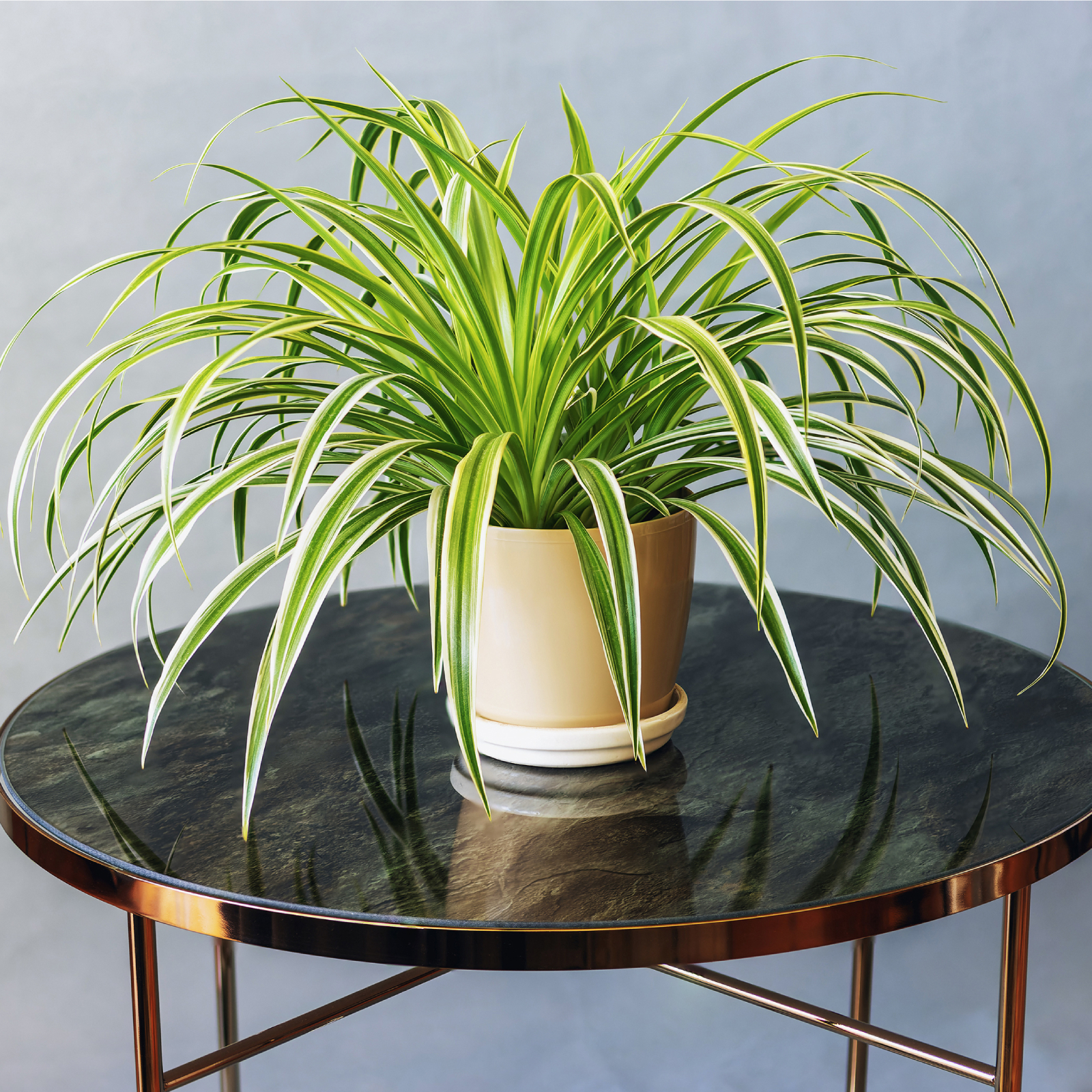 How To Care For A Variegated Spider Plant – Plus, Unique Varieties To Try
How To Care For A Variegated Spider Plant – Plus, Unique Varieties To TryVariegated spider plants and their streaks of green and cream tones bring interest and light to an indoor room, and will elevate your houseplant collection.
By Teo Spengler
-
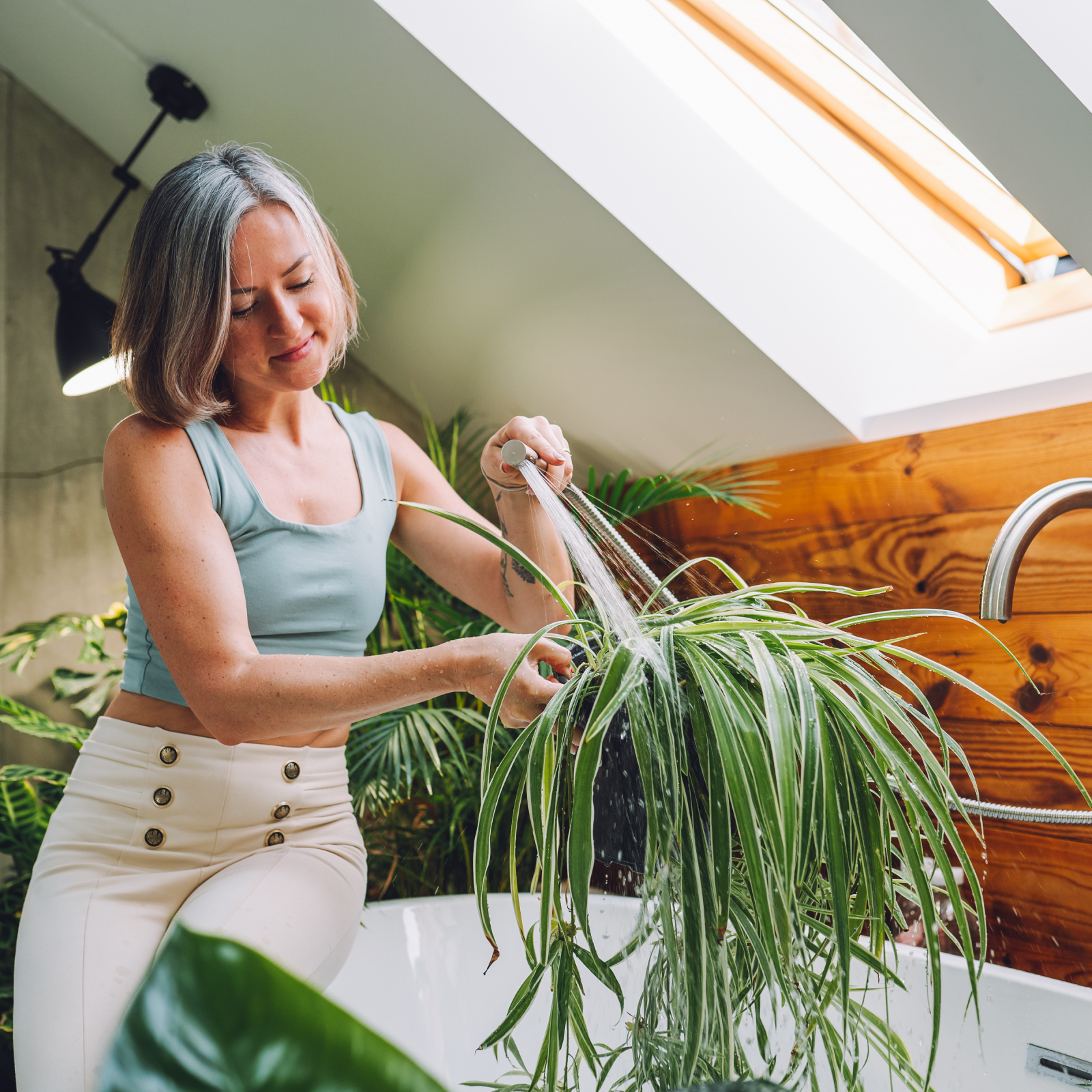 How Often Should You Water A Spider Plant? Tips To Keep Spider Plants Happy And Healthy
How Often Should You Water A Spider Plant? Tips To Keep Spider Plants Happy And HealthySpider plants are hardy and easy to grow, but they do need proper watering to thrive. Read our tips on how often to water your spider plants.
By Amy Grant
-
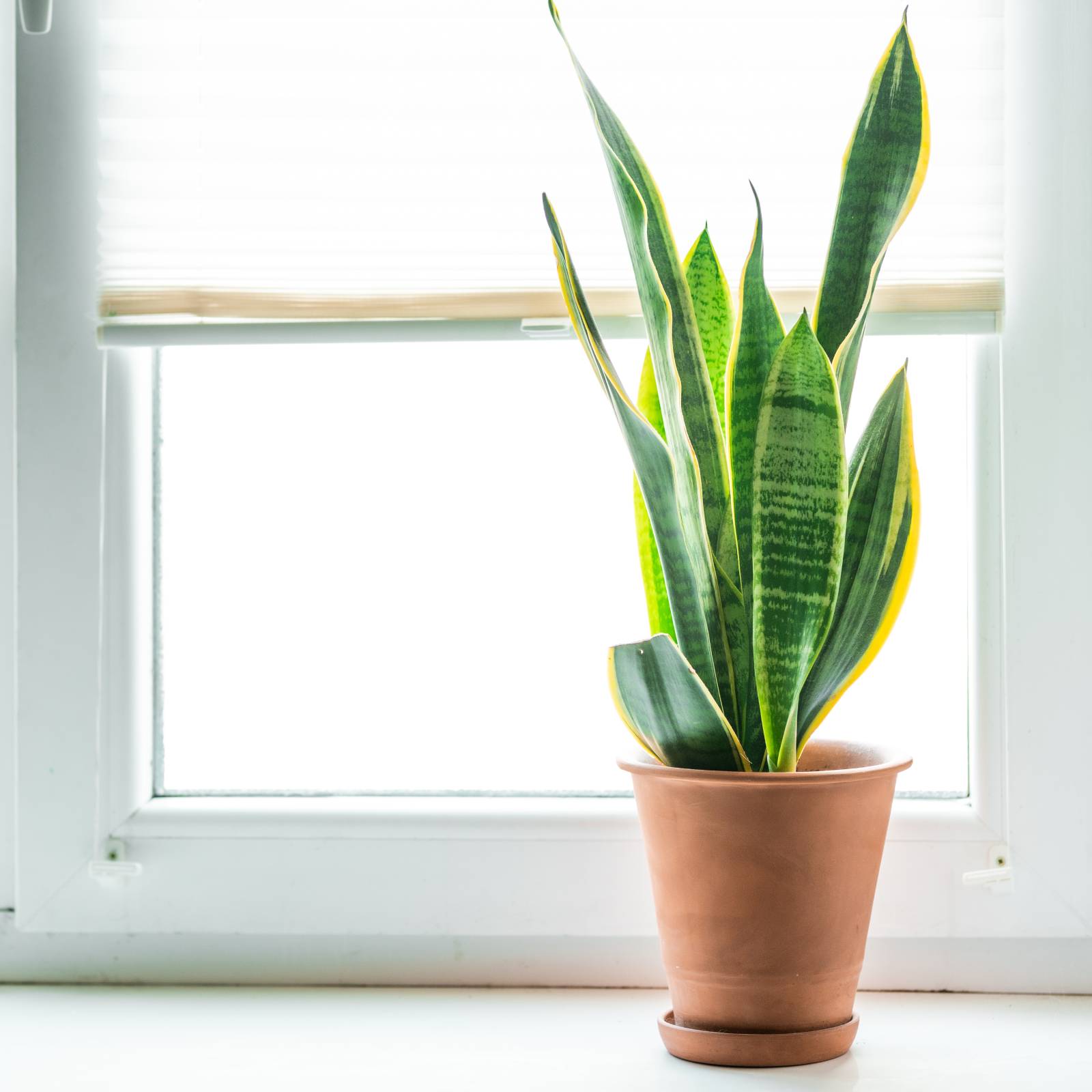 Snake Plant Getting Enough Light? Understanding Light Requirements And How To Adjust
Snake Plant Getting Enough Light? Understanding Light Requirements And How To AdjustSnake plant light requirements aren’t as stringent as for some houseplants, but the right lighting is important for their growth and well-being.
By Tonya Barnett
-
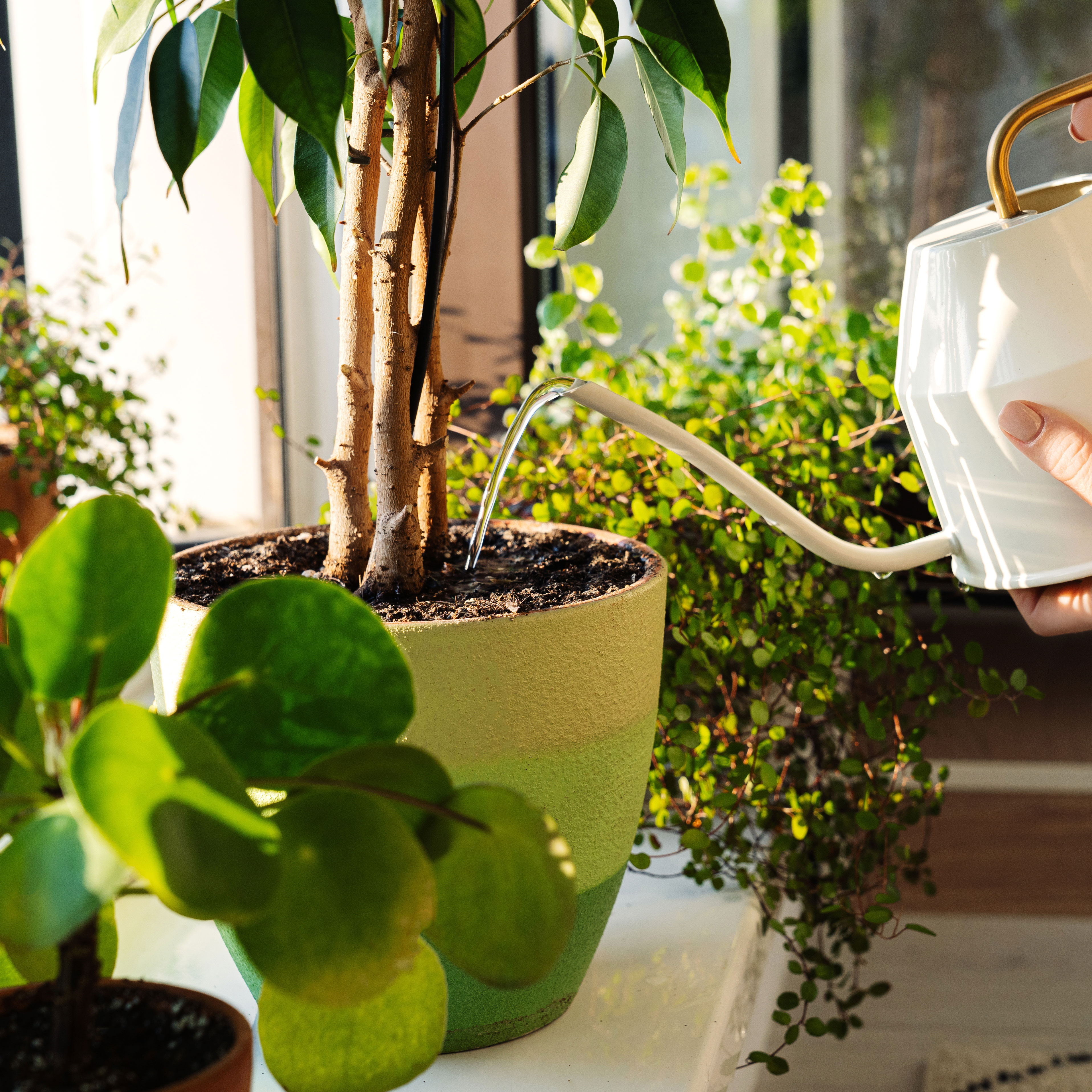 Feeding Houseplants: How And When To Fertilize Indoor Plants Like A Pro!
Feeding Houseplants: How And When To Fertilize Indoor Plants Like A Pro!Container-based houseplants have specific feeding needs over and above plants grown in the ground. Here’s how and when to fertilize indoor plants the right way
By Bonnie L. Grant
-
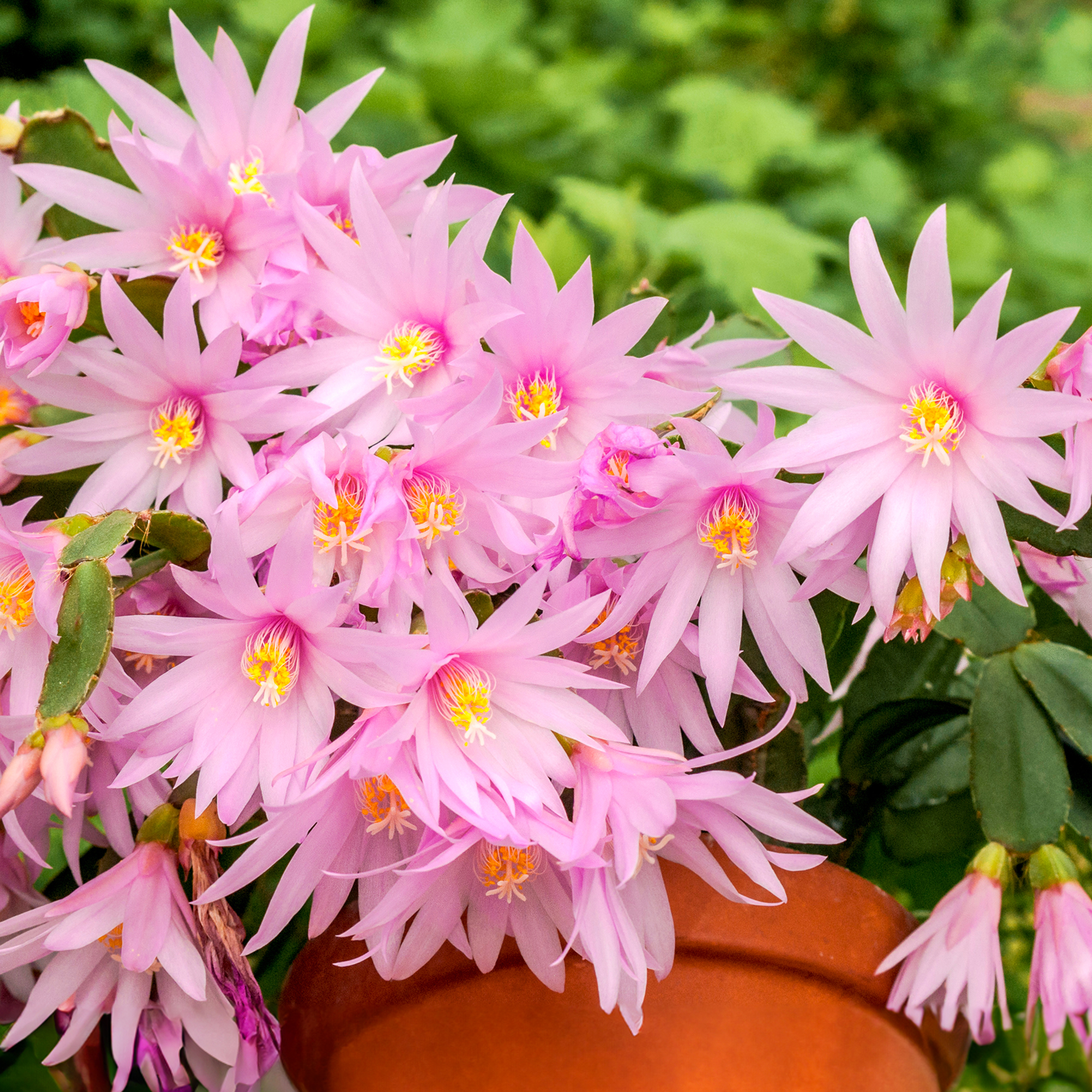 How To Get An Easter Cactus To Bloom Every Year: Expert Tips For Stunning Spring Flowers
How To Get An Easter Cactus To Bloom Every Year: Expert Tips For Stunning Spring FlowersDiscover the secrets to vibrant Easter cactus flowers and follow these key steps to ensure spectacular blooms just in time for spring.
By Melanie Griffiths